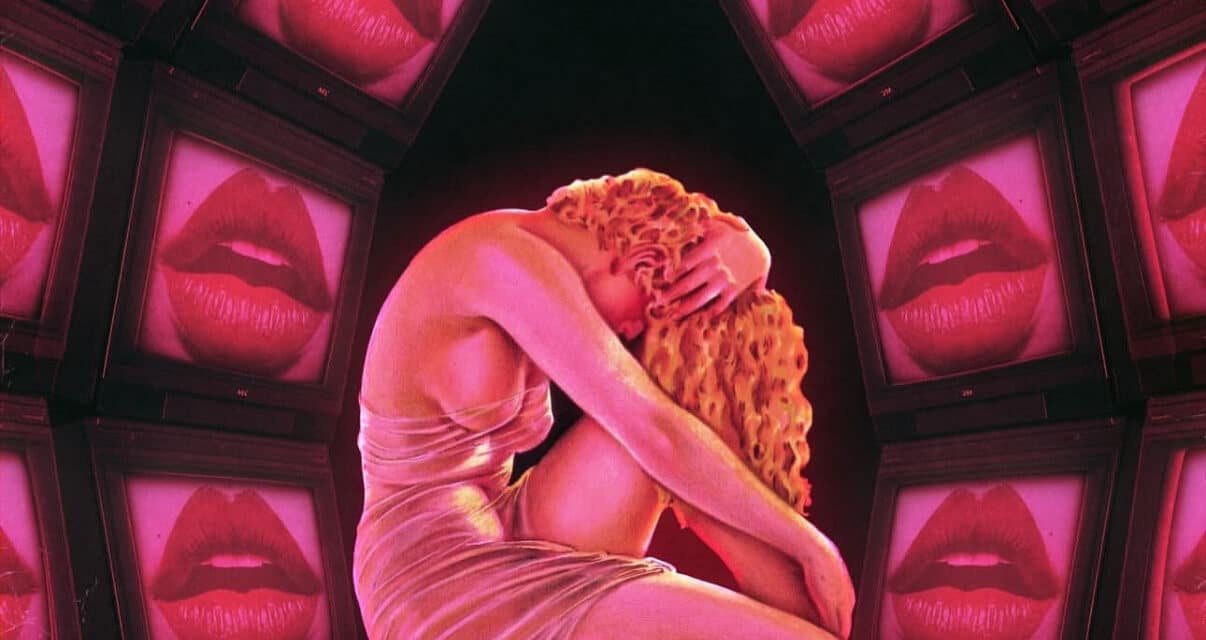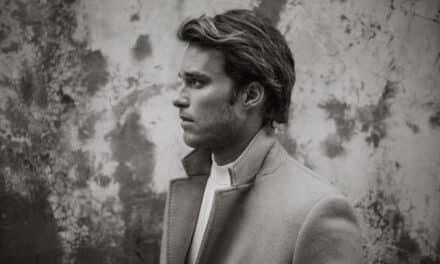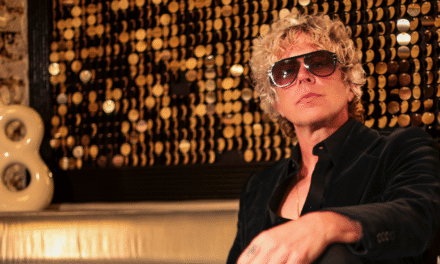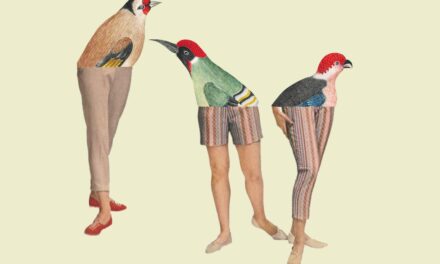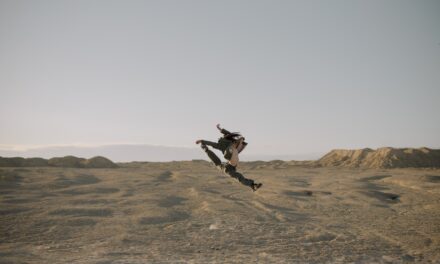Lordess_Foudre
Mark your calendars for this Saturday, May 10th, as Fiume Gallery makes its grand entrance into the Chelsea art scene with a provocative and electrifying pop-up event. The evening will be a full-fledged sensory experience, featuring live performances, music, and a dark cabaret show that promises to be as beautifully unhinged as it is captivating.
Founded by multimedia producer and cultural provocateur Rachel Haywire, Fiume Gallery is not just another art space — it’s a bold Futurist venue that seeks to shatter the pretense, self-censorship, and elitism often found in the contemporary art world. With a focus on the avant-garde and the forbidden, Fiume aims to provide a platform for a rising class of artists ready to push boundaries and challenge norms.
Haywire, author of ‘The New Art Right’ and the creative mind behind The Cultural Futurist substack, is a driving force in the cultural renaissance she envisions. Her mission is to reanimate culture through a multifaceted approach, incorporating salons, multimedia exhibits, poetry readings, underground film screenings, luxury fashion shows, and metapolitical discussions.
With international interest already brewing and a lineup of compelling artists ready to take the stage, the Fiume Gallery opening is set to be one of the most anticipated art events of the season. Stay tuned for our exclusive interview with Rachel Haywire as she discusses her vision, the inspiration behind Fiume, and what guests can expect from this bold new space in Chelsea.

Alexander Adams
Fiume’s opening promises to crack open the Chelsea art world—what, in your view, needs cracking open, and how does Fiume aim to do it?
The art world has become too stagnant and absorbed in its own self-satisfied tropes. It’s now split between dry academic formalism and inside-joke pandering, which amounts to politically correct conceptualism. Chelsea in particular has turned into a showroom of safe bets and predictable provocations. Fiume is here to crack it all open with creative live performances and aesthetic provocation.
You’ve described Fiume as a “Futurist space” and a home for the “avant-garde and forbidden”—can you unpack what that means in the context of today’s art scene?
The art world of today has died and we have killed it, so Fiume is here for resurrection. The energy of the Futurists and Vorticists must return as we carry on their torch. We’re breaking taboos, revealing forgotten archetypes, and saying what has been unspeakable under cultural sedation. We’re a new art scene that understands and honors our transgressive roots.
The lineup includes live music, performance art, and a “beautifully unhinged dark cabaret”—what kind of atmosphere are you hoping to create with this launch event?
The atmosphere is in the name Fiume, pronounced FUME-A, named after the Italian micro-nation. We want to conjure that same liminal energy, mood, and mythos. Today Fiume would be considered a network state, as all cultural startups are. The event is part gallery opening, part concert, part dark cabaret/catwalk, and part immersive theater. We’re bringing together the cultural vanguard and counter-elite to birth a new era of the arts:
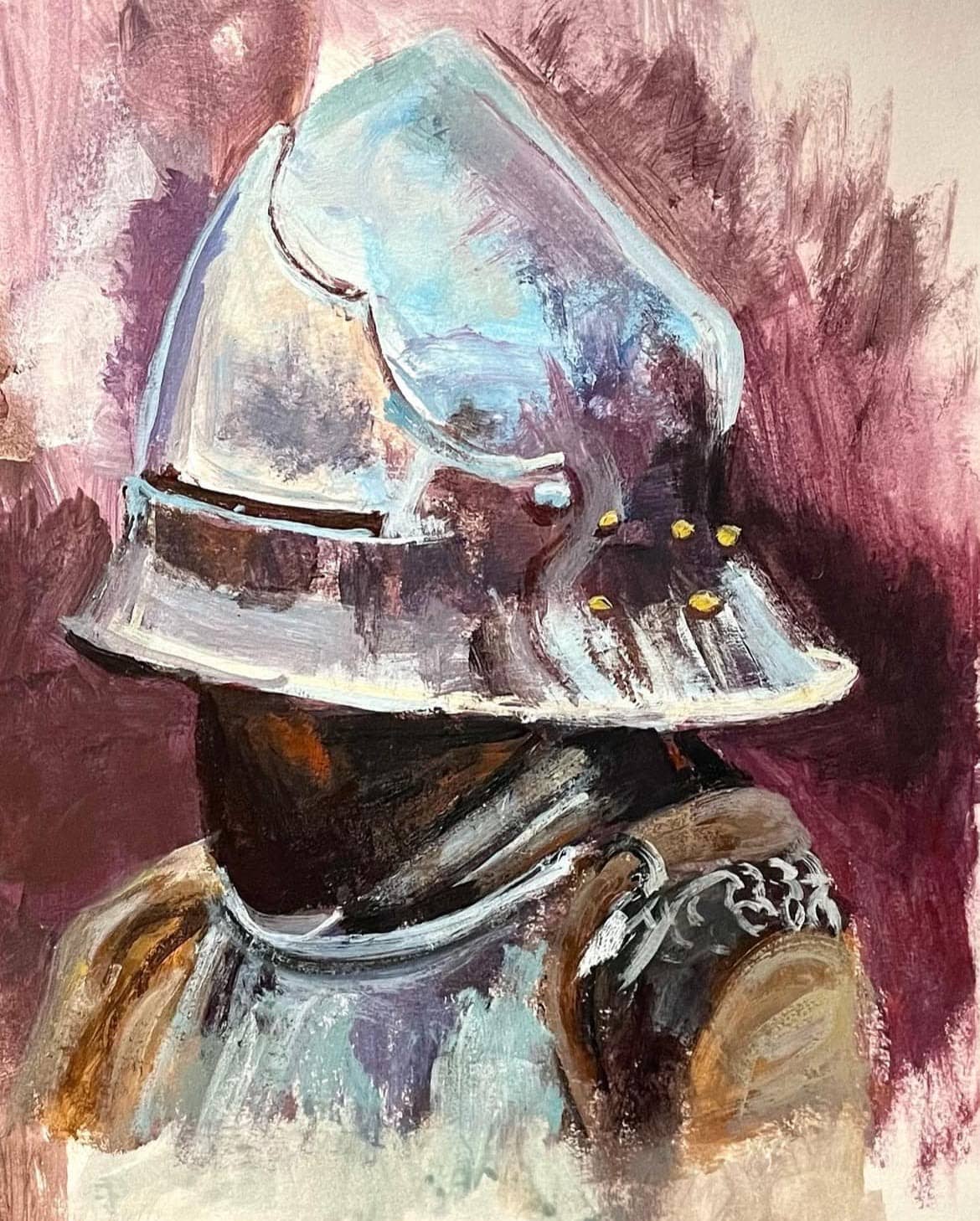 Giovanni Pennacchietti
Giovanni Pennacchietti
As the founder of Fiume and The Cultural Futurist Substack, how do your ideas of futurism and art intersect, especially in such a legacy-bound neighborhood like Chelsea?
Fiume is my breakaway art nation and The Cultural Futurist is my dispatch from the frontier.
Futurism, at its core, is the refusal to stagnate. It’s hardcore accelerationism. Apply this to the arts and you can see what I’m getting at. Chelsea is ripe. Yet is it ready? Well, we’re about to find out.
You’ve been outspoken about self-censorship and elitism in the arts—how does Fiume offer an alternative to that ecosystem?
Fiume is not afraid to be elitist. We embrace elitism, yet we do it on our own terms. We reject the institutional model that rewards inoffensiveness and bland obedience. We don’t do groupthink. Fiume offers a space for uncompromising artists who have been shut out or ignored not for lack of talent but for having too much truth. Self-censorship is not a survival strategy. It’s a creative death spiral. We stand against it with every uncompromising act of beauty.
Fiume seems as much about community and conversation as it is about art—what role do salons and live discourse play in your broader vision?
Creativity doesn’t emerge in a vacuum. We are the sum of all that came before us and all that will follow, distilled through the individual will. The salons attract those with a passion for genuine intellectual and aesthetic stimulation. These gatherings are how we nourish the next artistic class and build the community that will sustain this cultural uprising.
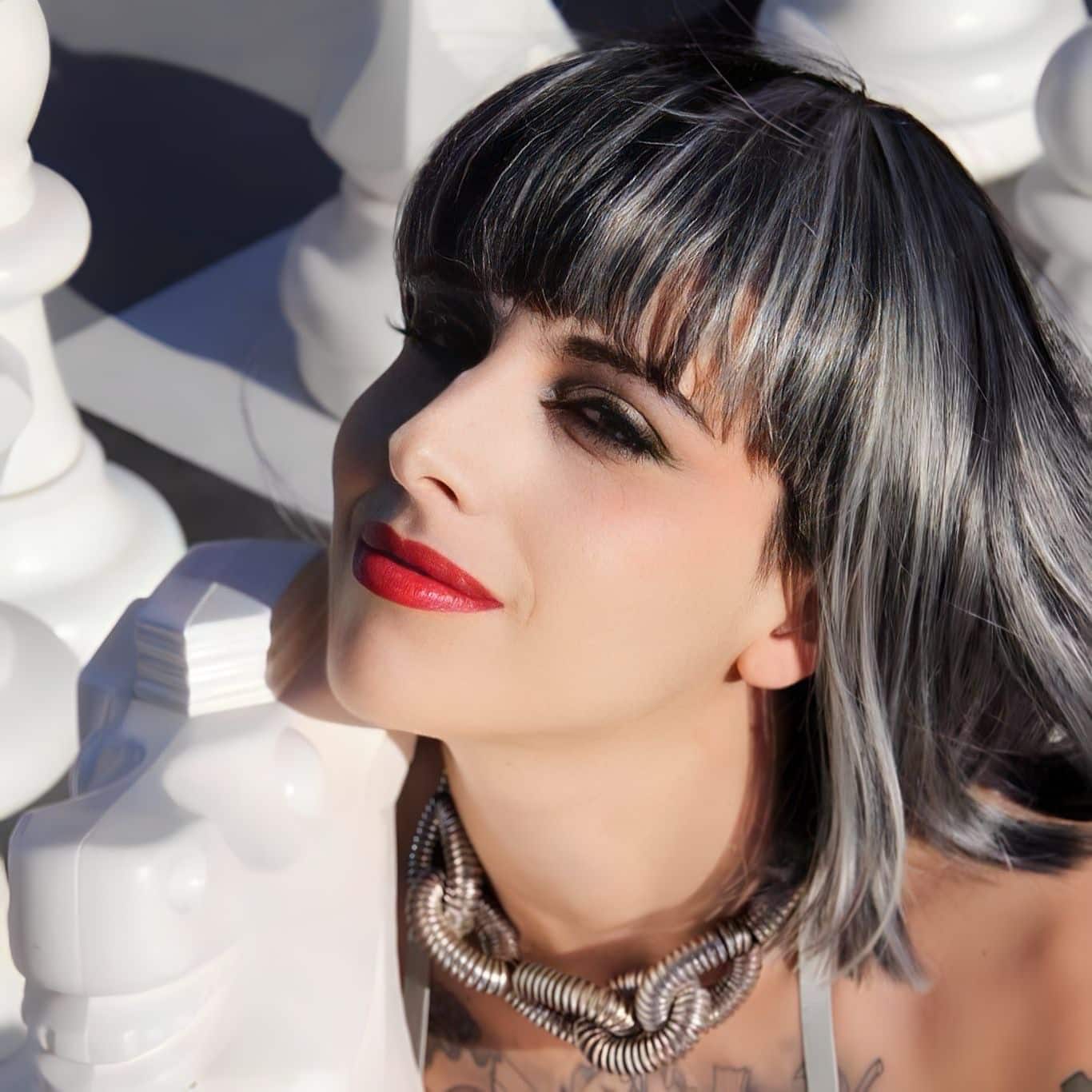
Rachel_Haywire
You’re also the author of The New Art Right. How do the themes from that book manifest in the ethos or aesthetic of Fiume?
Over the past decade it has become fashionable to bemoan the lack of highbrow cultural institutions on the Right, but few have dared to build them. In The New Art Right I predicted the rise of this discourse and this desire for a new elite with actual taste. Fiume is my fulfillment of this prophecy. It’s a sanctuary for exiled aesthetics, radical beauty, and an aristocracy that doesn’t ask for inclusion. We aren’t knocking on the doors of the old institutions. We’re building our own.
Many galleries play it safe to remain commercially viable. How are you navigating the tension between artistic risk and sustainability?
This is our greatest strength. There’s no competition because everyone else is too afraid. Yet what they don’t understand is that artistic risk isn’t a liability. It’s a luxury that makes us stand out. Our patrons and audience aren’t looking for something “safe.” They’re looking for the bold, brave, and forbidden.
What kinds of artists are you looking to showcase at Fiume—and how do you define this “new rising class” you’re championing?
We’re looking for vitalists and visionaries. This new rising class isn’t about credentials or nepotism. It’s about strength, talent, and conviction. These are cultural founders, not followers. Fiume is their stage and launchpad.
 Skinless_Frank
Skinless_Frank
Looking beyond the pop-up, what’s next for Fiume—and what does long-term cultural disruption look like in your ideal scenario?
The pop-up is the beginning. The next phase is a permanent space that will serve as our aesthetic command center. From there: Fiume pop-ups in other countries, residencies, media projects, and eventually a full-blown cultural institution. Long-term, I want Fiume to be the reference point for the next generation of artists and thinkers who refuse to play by the rules. This is the beginning of a vertical that makes the old guard irrelevant by surpassing it in every way.

